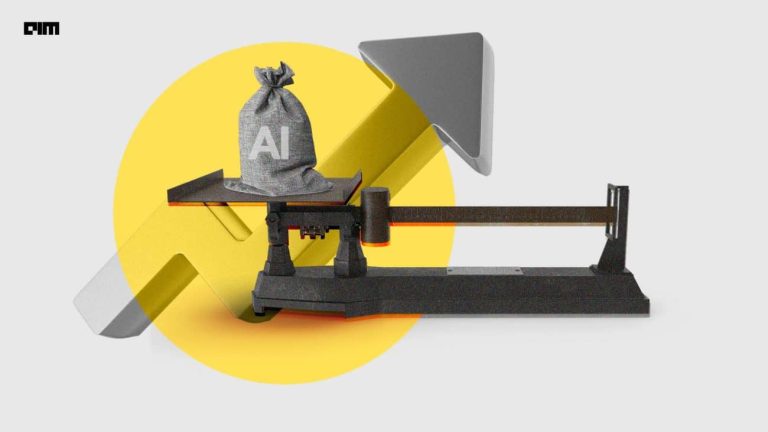Artificial intelligence has now touched almost all aspects of human life, and the weather is no exception. Now, according to a new study, researchers are able to forecast potentially severe storms more quickly and accurately.
In a new paper titled Detecting Comma-Shaped Clouds for Severe Weather Forecasting Using Shape and Motion, the researchers from Pennsylvania State University, AccuWeather Inc and the University of Almeria in Spain have worked on a framework based on machine learning linear classifiers which detects rotational movements in clouds from satellite images that might have otherwise gone unnoticed. This AI solution was run on the Bridges supercomputer at the Pittsburgh Supercomputing Center.
When it comes to forecasting weather, traditionally, meteorologists have been using a number of models and data sources to track shapes and movements of clouds that could indicate severe storms. However, with increasingly expanding weather data sets and looming deadlines, it has become extremely difficult for them to monitor all storm formations — especially smaller-scale ones — in real time.
Steve Wistar, the senior forensic meteorologist at AccuWeather, said, “The very best forecasting incorporates as much data as possible… There’s so much to take in, as the atmosphere is infinitely complex. By using the models and the data we have [in front of us], we’re taking a snapshot of the most complete look of the atmosphere.”
During the course of the study, the researchers worked with other meteorologists to analyse more than 50,000 historical US weather satellite images. Here, they were able to identify and label the shape and motion of “comma-shaped” clouds. These cloud patterns are strongly associated with cyclone formations, which can lead to severe weather events including hail, thunderstorms, high winds and blizzards.
Then, using computer vision and ML, the researchers recognised and detected these clouds. The computers then assisted experts by pointing out real-time where they could focus their attention in order to detect the onset of severe weather.
The researchers found that their method can effectively detect comma-shaped clouds with 99% accuracy, at an average of 40 seconds per prediction. It was also able to predict 64% of severe weather events, outperforming other existing severe-weather detection methods.





















































































